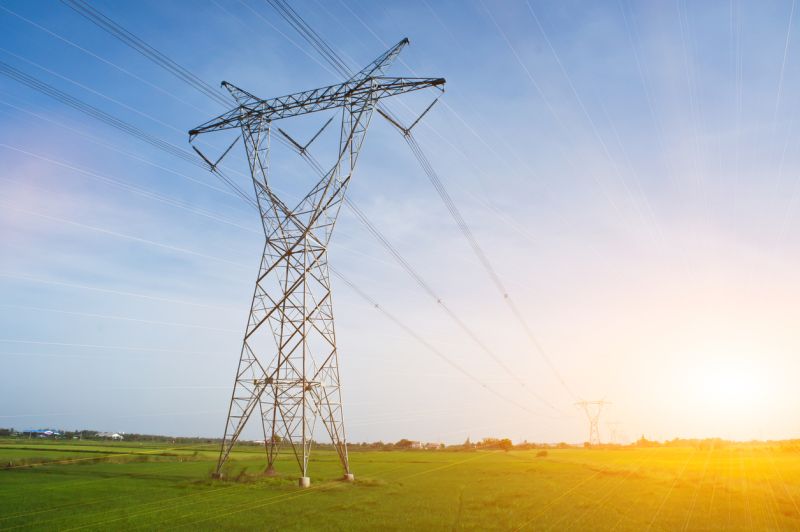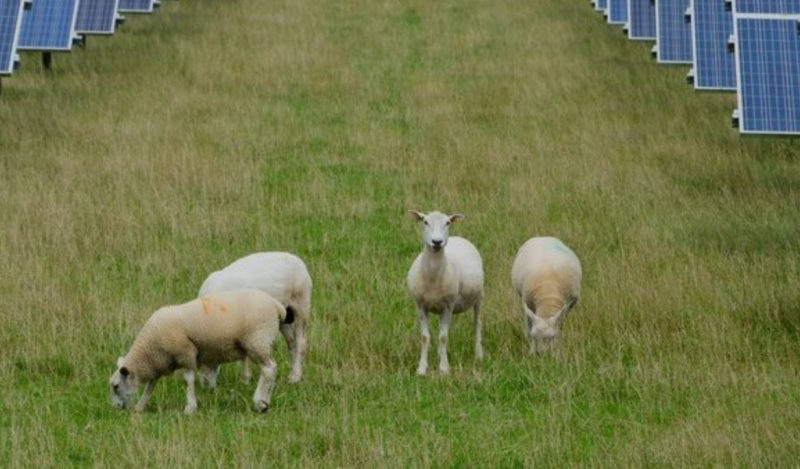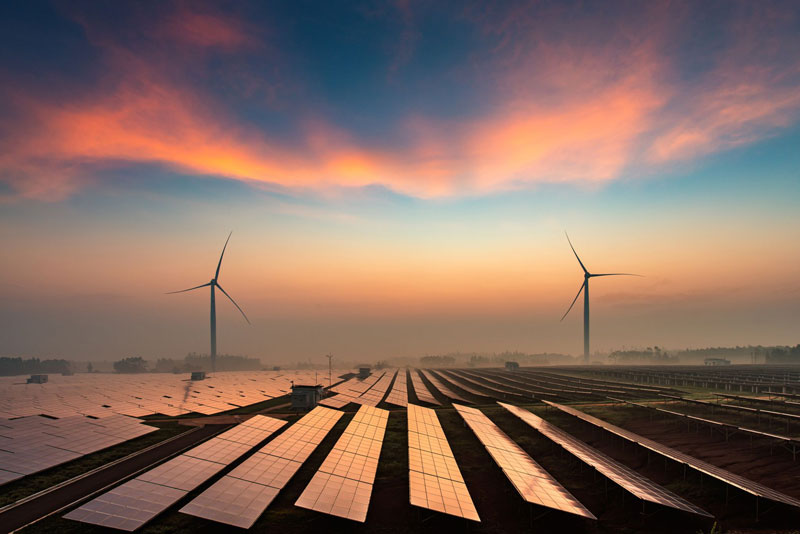The NSW government’s announcement of $1.2 billion investment to fast-track critical transmission projects is very welcome, especially on top of the Federal Government’s $20 billion promise. Spent well, this investment will help provide more certainty for project developers, delivering cheaper and more reliable power.
However, these announcements bring to the fore existing questions about how best to improve grid availability. Is this money going to be spent by the RIT-T Process? Or are we going to keep going under NSW EnergyCo? If so, are we going to continue to concentrate only on the big projects like the Central West REZ powerline or broaden the scope of EnergyCo and be more strategic, addressing some of the smaller ‘black spots’ in our transmission network?
There are well-known issues with the RIT-T Process: its difficulty establishing social licence, narrow economic focus, and exclusion of decarbonisation cost benefit analysis. It is not designed for contestability and doesn’t integrate well with generation planning. However, perhaps the most pressing problem for a quick, smooth renewable energy transition is the long time frames involved. Humelink for example will take about a decade from Malcolm Turnbull’s original 2016 announcement.
EnergyCo tackles many of these issues. It has placed a heavy focus on social-licence, allows a contestable build, and offers a broader definition of consumer interest. EnergyCo was explicitly designed to respond to the retirement of coal power, and tightly couples generation and transmission planning. It is also a much faster process for getting things built (so far at least) with the CWO REZ powerline set to be about 4 years faster than Humelink.
However, EnergyCo has (to date) has had a focus on big infrastructure. There are many smaller issues in the transmission system that could be fixed for relatively small amounts of money, unlocking a lot of generation. I recently had cause to look at the 132kV network around Parkes and Molong for example, where several solar farms are badly curtailed. A relatively small RIT-T process is underway (which to its credit proposes storage as part of the solution) but it is unlikely to fully unlock these projects, even when it does complete. EnergyCo’s processes applied to such ‘black spot’ projects have the potential of delivering more ‘bang for your buck’ by unlocking curtailed energy and/or allowing fully approved projects to proceed. Across the border in Victoria, they’re doing a better job of addressing these issues, unlocking more renewable megawatt hours.
Following the NSW government’s recent investment announcement, we should think long and hard about how this money is going to be spent, and how we can improve the way it is used to deliver better outcomes for a fast, smooth, renewable energy transition.
Article by Luke Osborne, first published on LinkedIn.


